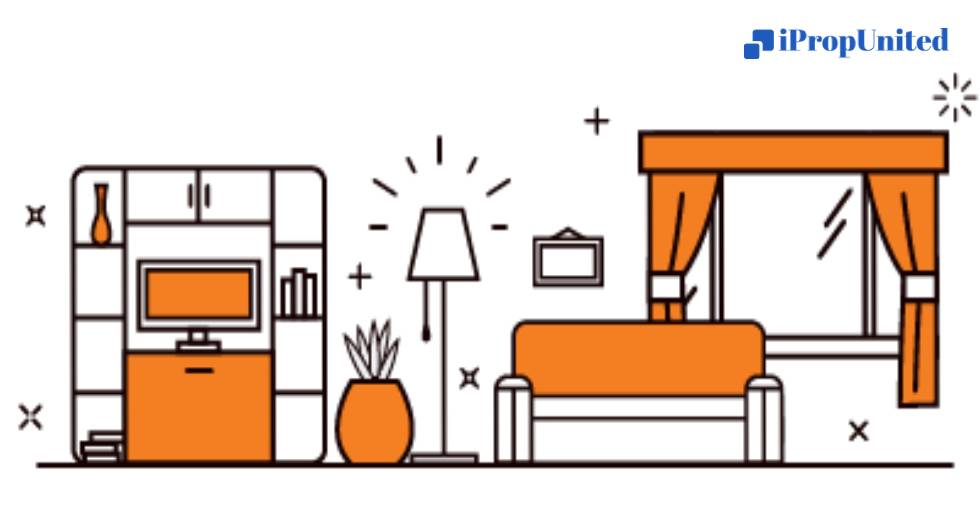Every expense is a part of all financial arrangements made necessary to survive besides enjoying the comfort of lifestyle from the metro trams to roadside “Thekas”. This level of comfort costs certain expenses, which is an essential ‘subscription’ for your leisure time. However, the costs and expenses vary across every town, village, and metro city depending on specific lifestyles and circumstances. The data collected by PeProp Money highlights the cost of living in a few of the considerably ‘expensive’ cities of India.

The cost of living is referred to the basic expenses such as housing, food, taxes, and healthcare in a certain place and time. The ‘ cost of living index’ contrasts the costs in major cities with living costs in metropolitan areas. The index measures the overall costs by combining the expenses of various living expenses to provide an idea of cost standards to workforce entrants. As college currently employed job seekers and graduates compare employment alternatives and consider relocation, the index gives them a snapshot of rental, transportation, and grocery costs. One fun fact is, 4 out of 5 of the world’s most expensive cities for emigrants are now in Asia.
Here is cumulative data for the Cost of living of Metropolitan and metro cities of India –
Mumbai – Mumbai is the 6th most populous metropolitan region in the world to this day encompassing a population of over 23 million. Lifestyle is immensely varied in Mumbai. The lifestyle choices get altered with the type of property owned, the number of people residing under one roof, the mode of food choices, communication, and most importantly, the area of residence. Known as the city of ‘DREAMS’, the city comprises satellite settlements and metropolitan developments with a majority of the tenants and home seekers in its eastern and western suburbs. According to a survey, it would cost around Rs 900 for one’s meal in a ‘decent’ restaurant. A local metro costs around Rs 360 for monthly a transport pass. The monthly electricity bill and broadband connections add up to Rs 4819 (minimum). While the accumulated cost for the school is around Rs 2, 38,489 per annum. The cost of 1 BHK apartment ranges from 1.5 to 2 cr while the rental expenses cost around 2500 on average. In the posh localities, it might exceed 2.5 lakhs per month. However, a room on shared bases costs around Rs 10000 to Rs 20000 for a bachelor. Thus living cost in Mumbai ranges from Rs 40000 to 2 lakhs per month. Well, Mumbai, thus named the financial capital needs no elaboration— the city fosters its dreamers with skyscrapers and warm breeze dense over the shadows.
Delhi – “Delhi constantly has new offerings” this could be called the blatant truth if not for the distorted air quality. However, on the other hand, Delhi offers locations more likely to a ‘Delhi Wala’s’ heart than it can be imaginary for a Mumbaikar. It offers more spaces with an immensely growing population as well as growing commercial, financial, personal, and social needs, especially in youth. Delhi’s cost of living has become expensive. The living costs and varied expenses depend on the number of members, employment status, type of occupation, domestic services required wages, and overhead expenses. The monthly accommodation costs around Rs 10,000 for a bachelor. With a transportation cost of Rs 2500, groceries spending Rs 10000 to Rs 15000, and overhead expenses amounting to Rs 6000. Mayur Vihar, street, Vasant Kunj, and CP Park are a few of the prime localities. In contrast, Mumbai has a higher cost of living than Delhi to provide for a comparative degree, as the cost of accommodation rises. However, the overhead and transportation expenses are higher in Delhi. This differentiates the property value for both the cities and the difference of matter.
Bangalore – The city is a hub for IT Sectors, ‘Silicon Valley’ has become the new hub of the educational sector as well. The city offers economic opportunities for the entire world comprising all sorts of investments. Suggested to be one of the smartest cities, over the last decade Bangalore has experienced a revolution in the costs of living in every aspect of livelihood from profession of practice, the number of members in family, financial status, educational cost, utility necessities, especially in transportation and property size while weighing living cost. Monthly rent for a 1 BHK apartment would cost a minimum of Rs 11000 while a 2 BHK apartment would begin with the range of Rs 15,000-Rs 16000. The transport facility costs around Rs 1500 per trip. Electricity bills range between Rs 3000 to Rs 3500. Groceries and miscellaneous bills range from Rs 5000 – Rs 5400. The average cost of living lies between Rs 40,000 to 45,000 for a family including travel expenses.
The domestic amenities in Bangalore seem affordable, it is noteworthy to pair up the services for an individual.
These three cities are hubs for the business sector however, the livelihood varies so do the prices for accommodation.
To conclude, A person relocating to prominent places needs a safe place to call it home. An individual must normally look for areas with. However, these areas offer a range within budget. An individual needs to shuffle and look carefully into the matters of property. Apps like PeProp Money offer a common platform for all property matters such as selection and comparison, contrasting all of the pros and cons of the property. The app offers an appropriate list of areas and the final cost of the property, as opted for by the dealers. The final deal is based on accounting for everything the location and the property offer. PeProp persists to expand the viewpoints of its readers through this article.
Follow and Connect with us: Twitter, Facebook, Linkedin, Instagram








